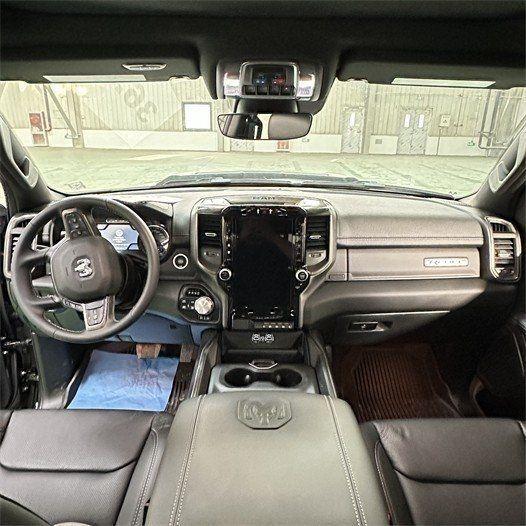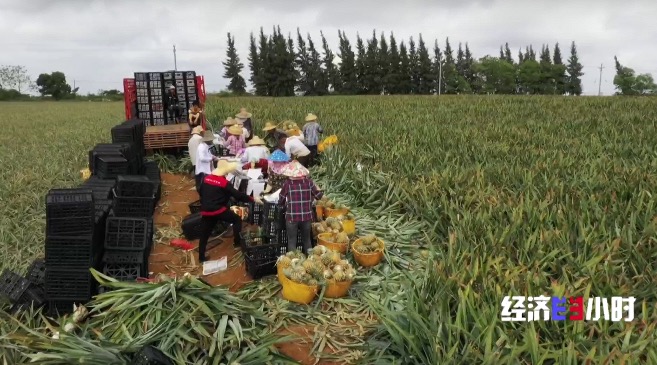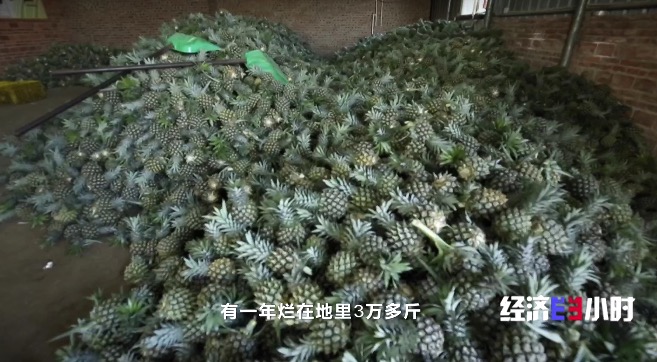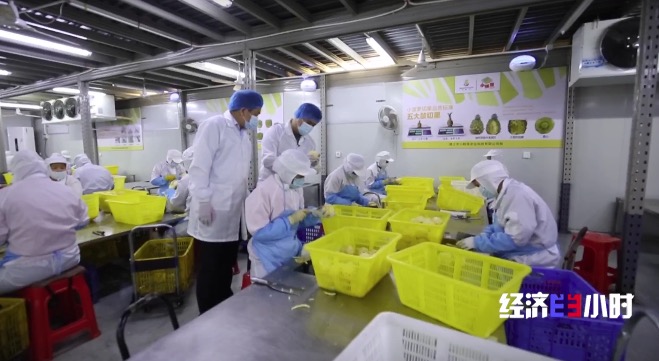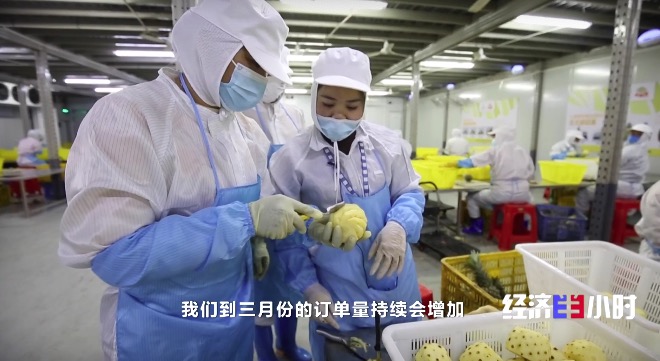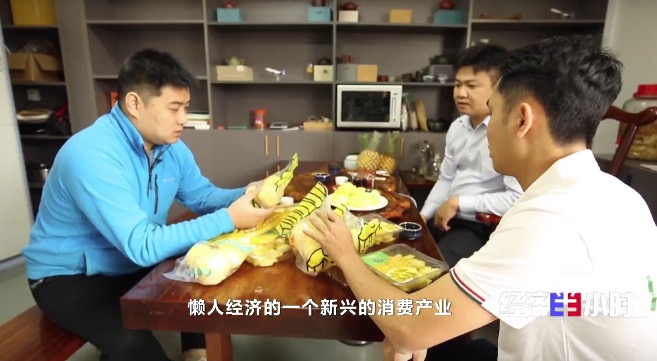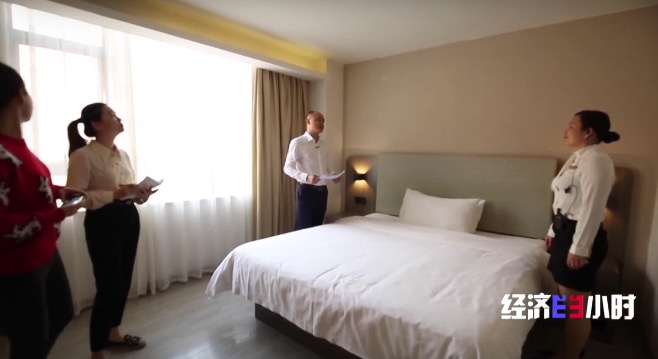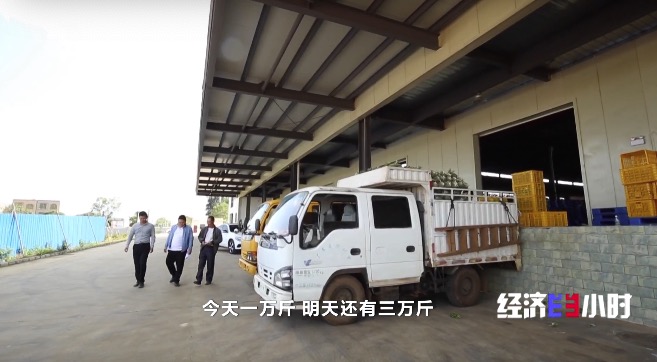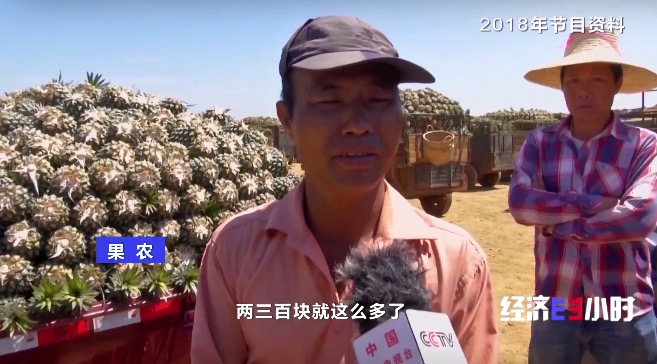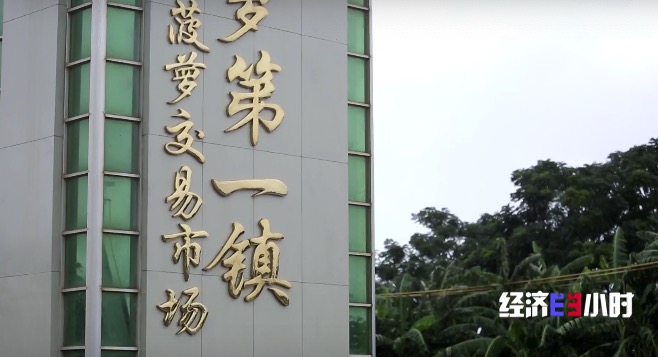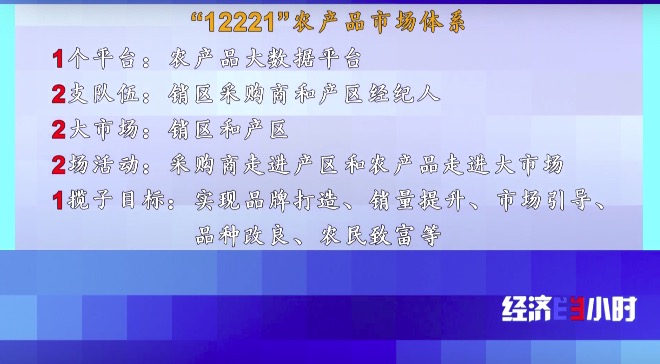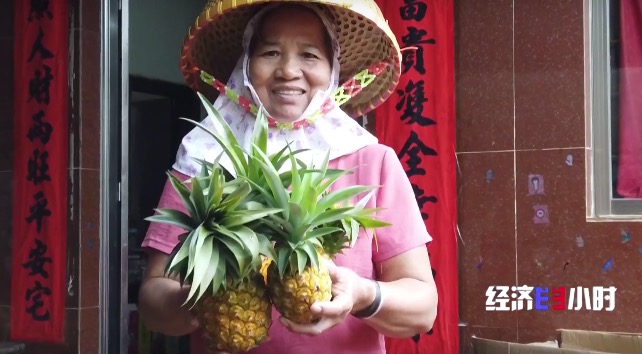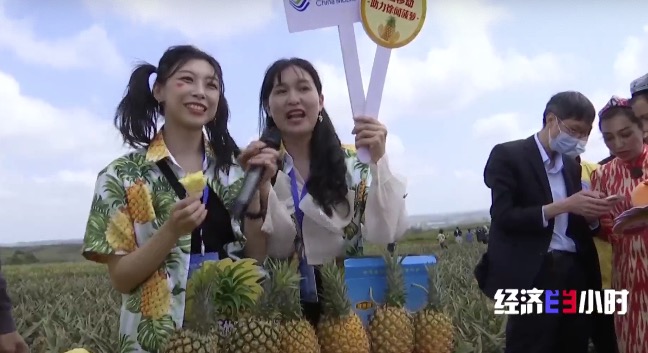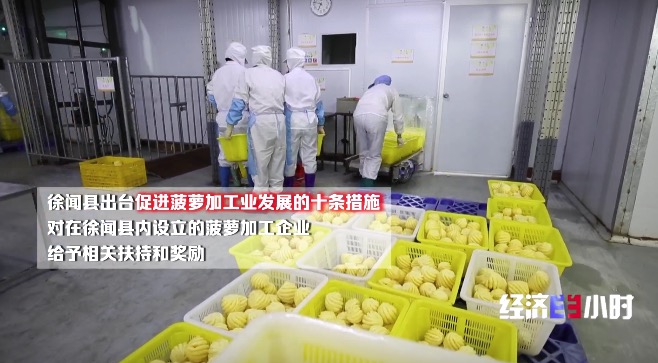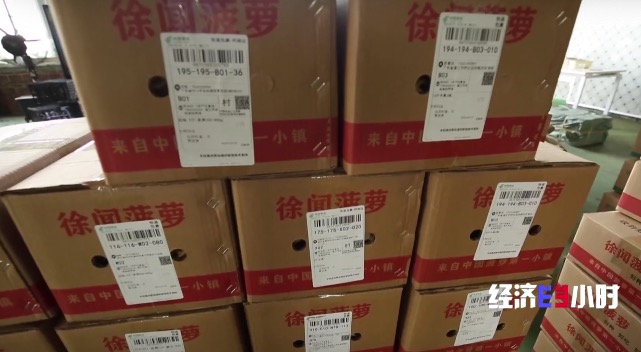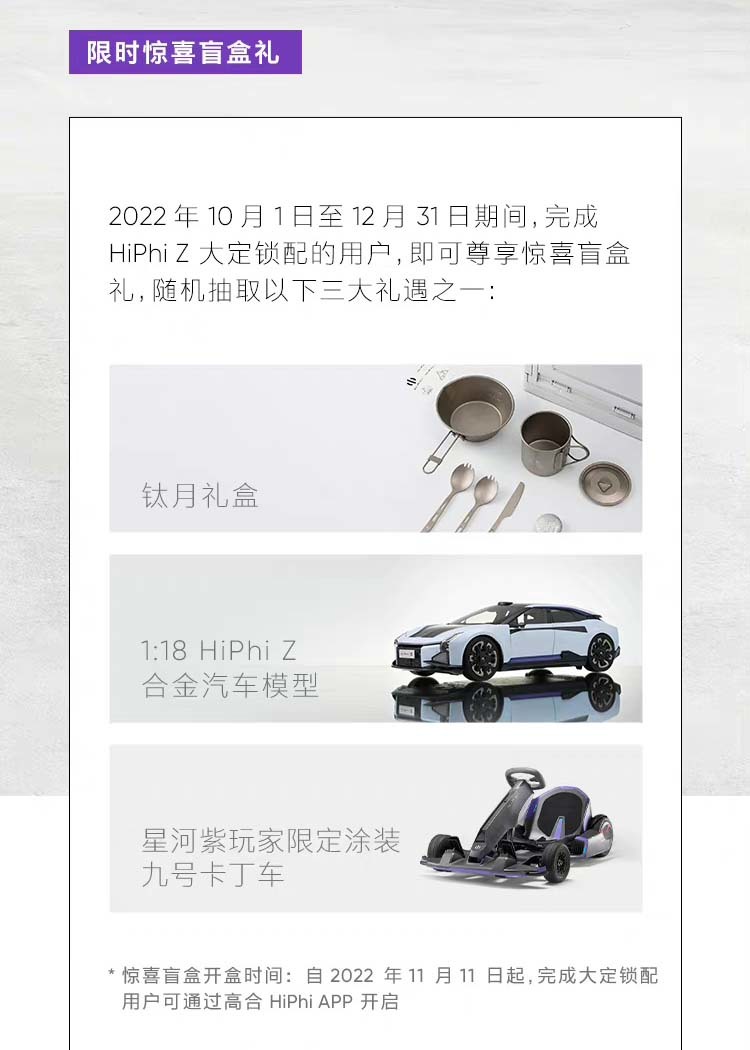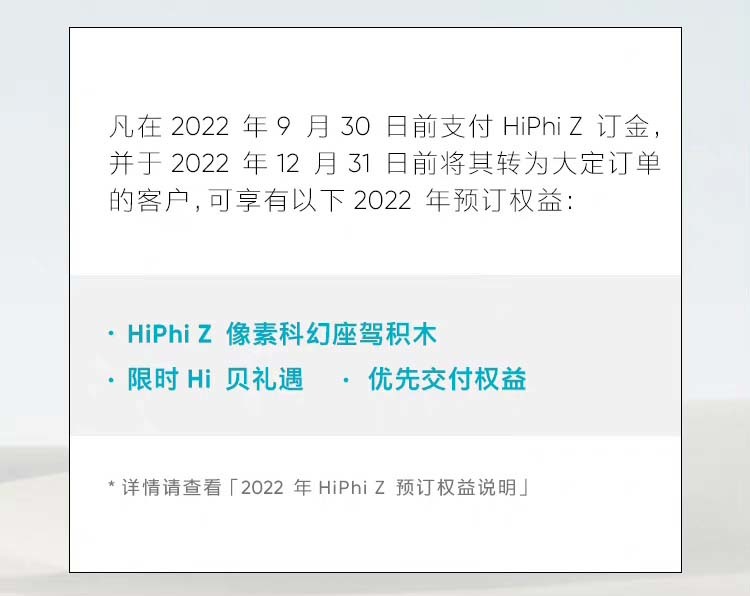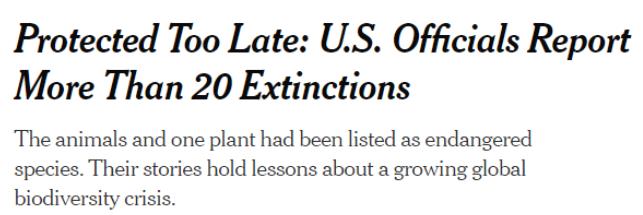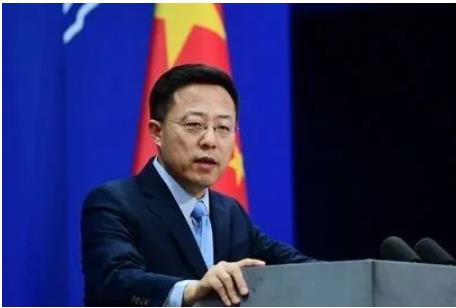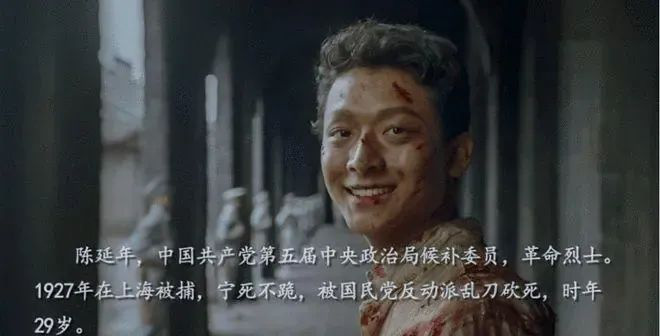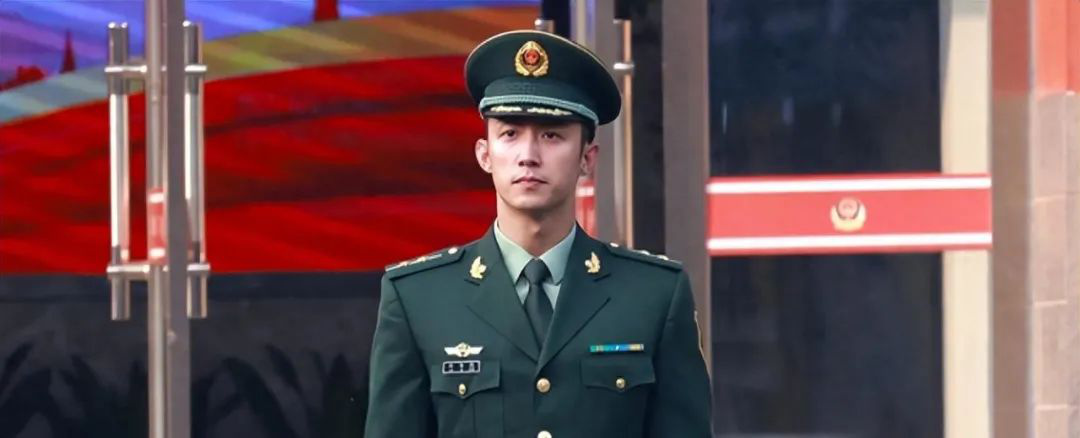● A few days ago, the General Office of the State Council issued the Opinions on Further Stimulating the Potential of Culture and Tourism Consumption, and put forward specific measures from nine aspects: introducing measures to benefit the people, enriching product supply, developing night economy, improving tourism environment, promoting industrial integration, and strict market supervision.
● The tourism industry chain includes six aspects: eating, living, traveling, traveling, shopping and entertainment, all of which involve consumption. In the eyes of the industry, financial services can explore the combination point in all links. At the earliest, the "traditional bank+offline travel agency" model was the main one, that is, some offline large travel agencies cooperated with banks to launch staged tours.
● With the development of new consumption formats and new modes, consumer credit has gradually penetrated into the fields of culture and tourism. Especially with the wide application of information technology such as big data and cloud computing, the popularity of the consumer credit industry has soared, and the consumption mode of using online credit loans to purchase offline services has been sought after by more and more consumers.
● According to the latest statistics of the National Bureau of Culture and Tourism, in the first half of this year, the per capita consumption expenditure on education, culture and entertainment of the national residents was 1,033 yuan, an increase of 10.9% over the same period of last year, accounting for 10.0% of the per capita consumption expenditure; It is estimated that there will be 3.08 billion domestic tourists and the income will be 2.78 trillion yuan, up by 8.8% and 13.5% respectively. There were 72.69 million inbound tourists and 64.9 billion US dollars in international tourism revenue, both of which increased by 5%.
Our reporter Zhao Li
Intern Xie Huixu of our newspaper
A few days ago, the General Office of the State Council issued the Opinions on Further Stimulating the Potential of Culture and Tourism Consumption (hereinafter referred to as the Opinions), which put forward concrete measures from nine aspects, such as introducing measures to benefit the people, enriching the supply of products, developing the night economy, improving the tourism environment, promoting industrial integration and strict market supervision, so as to focus on both supply and demand and stimulate the potential of residents’ cultural tourism consumption.
The "Opinions" clearly stated that it supports the expansion of cultural and tourism consumer credit business, encourages the issuance of joint bank cards with merchant discounts and consumption stages, innovates the mortgage and pledge model of consumer credit, and develops credit products with different down payment ratios, terms and repayment methods.
In this regard, Qi Xiaobo, assistant director of the Tourism Research and Planning and Design Center of China Academy of Sciences, said in an interview with the reporter of Legal Daily: "The introduction of the tourism financial credit policy in the Opinions will not only provide more convenient services for residents’ daily cultural tourism consumption, but also help expand the banking financial services and financial consumption market."
Aim at both ends of supply and demand
Stimulate cultural tourism consumption
The new consumer finance platform has been embedded in daily consumption scenes such as tourism, and the credit consumption loans provided by banks can support consumers’ various consumption needs more flexibly.
Wang Yun is an account manager of a state-owned commercial bank. According to her introduction, personal credit consumption loans launched by banks can be used for cultural and tourism purposes, but strictly speaking, they cannot be used in investment fields such as purchasing wealth management products.
"Our consumer loan amount can be up to 800,000 yuan from 600 yuan, and the cumulative amount that can be applied for by self-service channels such as online banking, mobile banking and smart terminals is up to 300,000 yuan, and the interest rate is relatively low." Wang Wei said.
As an employee of an investment company, Guo Xiao told the reporter of Legal Daily that financial institutions, including banks, venture capital groups and risk control groups, have provided installment payment, credit cards, consumer credit and insurance services for tourists. Of course, under the general trend of "tourism+finance", travel-related enterprises, including OTA platforms and travel agencies, also take the initiative to connect with financial institutions, take advantage of internet finance, innovate to build a tourism financial service platform, and provide tourists with financial services for the whole tourism industry chain, such as payment and settlement services, tourism foreign exchange management, and tourism consumption staging.
Looking up relevant information, the reporter of Legal Daily noticed that before 2010, tourism consumption finance developed, and the first mode was "traditional bank+offline travel agency", that is, some offline large travel agencies cooperated with banks to launch the case of staged travel.
Regarding the background of introducing a series of policies and measures in terms of cultural and tourism consumption credit and means of payment, Qi Xiaobo said that on the one hand, the reason is that with the continuous and rapid improvement of living standards of urban and rural residents, residents’ culture and tourism consumption continue to expand. On the other hand, since the beginning of this year, the downward pressure on the economy has been great, the consumption demand of residents has slowed down, and the growth space of traditional consumption areas is limited. Stimulating cultural and tourism consumption is another market stimulating measure after the consumption policies such as automobiles and household appliances.
According to the latest statistics of the National Bureau of Culture and Tourism, in the first half of this year, the per capita consumption expenditure of education, culture and entertainment of the national residents was 1,033 yuan, an increase of 10.9% over the same period of last year, accounting for 10.0% of the per capita consumption expenditure; It is estimated that there will be 3.08 billion domestic tourists and the income will be 2.78 trillion yuan, up by 8.8% and 13.5% respectively. There were 72.69 million inbound tourists and 64.9 billion US dollars in international tourism revenue, both of which increased by 5%.
"It can be seen that there is a lot of room for cultural and tourism consumption to be released, and many new consumption patterns and product formats have also been born in the market, which is of great significance to expanding domestic demand and promoting economic transformation." Qi Xiaobo said.
According to Qi Xiaobo’s analysis, the General Office of the State Council issued the "Opinions" with the purpose of exerting strength from both supply and demand, constantly stimulating the cultural and tourism consumption potential, and promoting the cultural and tourism consumption facilities to be more perfect, the consumption structure to be more reasonable and the consumption environment to be more optimized. According to the data of the National Bureau of Statistics, the contribution rate of final consumption expenditure to economic growth reached 76.2% in 2018, and consumption has become the "main engine" to stimulate the economy. "The rapid development of culture and tourism consumption finance has further promoted the upgrading of consumption and improved the quality of life of residents."
With the development of new consumption formats and modes, consumer credit has gradually penetrated into the fields of culture and tourism. At the same time, with the application of information technology such as big data and cloud computing, the popularity of consumer credit industry has soared, and the consumption mode of using online credit loans to purchase offline services has been sought after by more consumers.
"The policy on tourism consumption credit in the Opinions is conducive to expanding the market for financial services and financial consumption of banks. Facing the growing middle-class consumers, joint bank cards for hotel reservation and air ticket purchase will have rich customer resources, and they have better income level and purchasing power. Once this market is activated, it will greatly stimulate cultural tourism consumption. " Dong Dengxin, director of the Institute of Financial Securities of Wuhan University of Science and Technology, said.
Tourism consumption finance is active.
Risk prevention and control needs to be strengthened
In 2013, the Internet finance boom led to a number of online travel platforms that entered the field of consumer finance earlier. After 2015, tourism consumer finance has attracted more attention, and many online travel platforms are rushing in.
Guo Xiao said that from the current users of various Internet tourism enterprises, the users of content enterprises represented by Ma Honeycomb have grown strongly, and the online usage scenarios of tourism users have gradually deepened. E-commerce platforms have transplanted the concept of consumption first and then payment to the development of tourism. For example, Huabai launched by Alibaba and JD.COM Baitiao launched by JD.COM all use their huge platform user base to guide the change of consumption concept, and then through the implantation of tourism concepts and industries, they have launched installment payment services for tourism products on their own platforms to meet the needs of tourists.
According to the data, at present, most online travel platforms have launched tourism staging products, and at the same time, an entrepreneurial platform focusing on tourism staging has been born.
"The deep integration of information technology and consumer credit business makes consumers basically not limited by the business hours and processing space of financial institutions. After users submit their identity information online, the platform can quickly complete the review and grant credit lines in time. For financial institutions, Internet consumer credit can handle small loans in batches and in a standardized way, which also helps to better prevent risks. " Dong Ximiao, vice president of Chongyang Financial Research Institute of Renmin University of China, said.
According to Guo Xiao, the tourism consumption financial service platform has the characteristics of low loan amount, short loan period and low borrowing cost. Take the white note business of a tourism enterprise as an example, its maximum amount is only 50,000 yuan, but it is at a medium level in related businesses, and the loan repayment period is relatively simple, with only 10 months and 3 months. From the operational level, the operation interface of the tourism consumption financial platform is simple and intuitive, with the characteristics of fast approval and fast payment.
Recently, according to media reports, a number of users said that they borrowed money from a well-known tourism company’s "Money Tour" and "Journey White Strip" and were charged a loan acceleration package of 199 yuan by the platform. The annual interest rate of comprehensive loans exceeded 300%. Some media found on the 21CN complaint platform that from May to July this year, there were as many as 277 complaints about this travel platform, such as "beheading" and "violent collection", and there were more than 100 similar complaints about black cats.
In this regard, Yin Zhentao, deputy director of the Law and Finance Office of the Institute of Finance of China Academy of Social Sciences, said: "Through this phenomenon, we found a problem, that is, technology enterprises do financial business. Many travel online platforms started with technology companies. Even in the tourism industry, they actually do Internet business as technology companies. The standards and requirements required for financial business are still relatively high. Many technology companies still have some deficiencies in risk control ability or understanding of finance, which cannot be made up in a short time. Therefore, in the early stage of industry development, similar phenomena are relatively normal. "
Zeng Rong, who has been engaged in the development of tourism financial products, said that due to the complex characteristics of the tourism industry, the tourism supply chain is long, there are many capital circulation links, and there are many cross-industries, it is easy to produce loopholes in capital precipitation and control. The risk control model of tourism consumer finance comes from the bank risk control model, but it needs to be further evolved in combination with the characteristics of the tourism industry. The construction and investment of tourism projects is a long-term and continuous process, and the prosperity of tourist attractions takes a long time. Therefore, the future income of tourism is very uncertain, and tourism loans are mainly pledged by the right to operate scenic spots and the right to charge tickets.
Regarding the risk of tourism consumption loans, Yin Zhentao thinks: "On the one hand, the tourism expenses are still relatively large. Driven by the installment of tourism loans, are the individual’s affordability and tourism demands appropriate? Nowadays, many young people travel overseas by stages and go to some countries with relatively high consumption levels, which will increase their debt pressure. How to achieve healthy guidance is worth thinking about. "
"On the other hand, the tourism industry is special. The consumption stages of tourism industry are usually given to tourism service providers at one time. If consumers change their itinerary or cancel their itinerary for some reason, there are obstacles and difficulties in terms of consumer protection and service. This may require enterprises and regulatory authorities to jointly create a good development space or establish feasible market rules for constraints. " Yin Zhentao said.
Innovating mode and strengthening supervision
Ensure the healthy development of the industry
Even if there are risks, the relationship between consumer financial services and consumption scenarios has become increasingly close. The whole industrial chain of tourism includes six aspects: eating, housing, traveling, traveling, shopping and entertainment, and all links involve consumption. In the eyes of the industry, financial services can explore the combination point in all links.
"such as financial needs before going out; The demand for capital guarantee, installment consumption and shopping during travel; Demand for consumption tax refund and financial management after travel. The innovative integration mechanism of tourism and finance can effectively expand the scale and dependence of tourists and users, and improve the experience of tourism consumers. " Guo Xiao said.
While paying close attention to the realization of traffic, many online travel platforms are turning to industrial finance in another way. An insider who once had working experience in the financial services department of an online travel platform revealed: "Industrial finance has a single energy level of 50 million, and the amount of personal consumption finance is too small, and the level difference is too much. We are more based on the financial needs of enterprises in the tourism industry chain. The overall financing scale in 2019 almost reached 1 billion yuan. "
Regarding how to effectively guarantee the benign development of tourism consumption credit, Yin Zhentao thinks that "the most important thing is to rely on the high attention of the regulatory authorities".
Regarding the innovative consumer credit pledge model proposed in the Opinions and the development of credit products with different down payment ratios, terms and repayment methods, Yin Zhentao said: "First, we must have a risk awareness and license concept for the industry and carry out business according to market rules. Secondly, we must consider a large number of our own clients (such as mobile apps or computer software), financial consumer protection, data security and business logic of the industry, as well as factors such as business development logic, financial regulatory requirements and corporate social responsibility.
Yin Zhentao also suggested that at the relevant regulatory level, there should be guidance first, including guiding technology companies to carry out financial business, giving innovative license resources to technology companies, and guiding financial consumers to form a reasonable consumption concept. Secondly, there must be constraints, and it is necessary to clarify the regulatory authorities and institutions. In the process of supervision, we must also consider the characteristics of this new format and innovate the supervision methods. "The supervision of such enterprises is different from that of traditional financial institutions, and the data flow of such financial companies will be more difficult to supervise, which may require scientific and technological supervision means."
According to insiders, the risk control ability has an impact on the income scale and cost through the audit pass rate and bad debt rate respectively. Under normal circumstances, the higher the interest and service fees of a platform, the worse the credit standing of the users, and the higher the approval rate; Improving the ability of risk control can ensure that the audit pass rate will increase while the interest and service fees remain unchanged, thus expanding the income scale.
"Improving the ability of risk control can reduce the bad debt rate under the condition that the audit pass rate is certain, thus reducing the cost." Zeng Rong suggested that it is necessary to fully integrate Internet big data credit reporting with multi-dimensional data sources, personal credit certification, quantitative rating, etc. to achieve rapid automatic approval, flexibly configure risk control models, reduce risk control costs, improve approval efficiency, and reduce the incidence of bad debts. It will be an important competitiveness for tourism financial service providers to build a risk control system based on credit information system, so that enterprises can reduce operating costs and enhance their comprehensive competitiveness while increasing their financial service capabilities.



